This Children's Book Squashes Ridiculous Stereotypes About Love
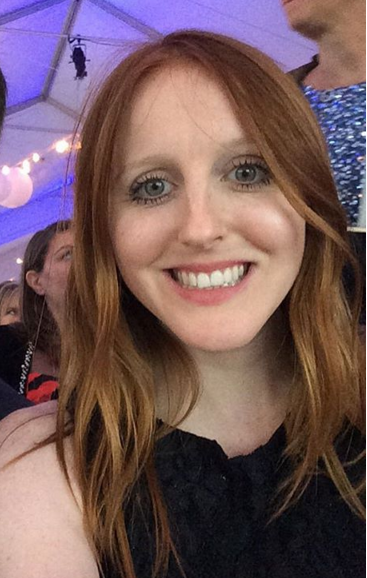
By:
"Worm Loves Worm," a children's book written by J. J. Austrian and illustrated by Mike Curato, brilliantly challenges societal stereotypes about love and takes subtle digs at the outrageous wedding industrial complex.
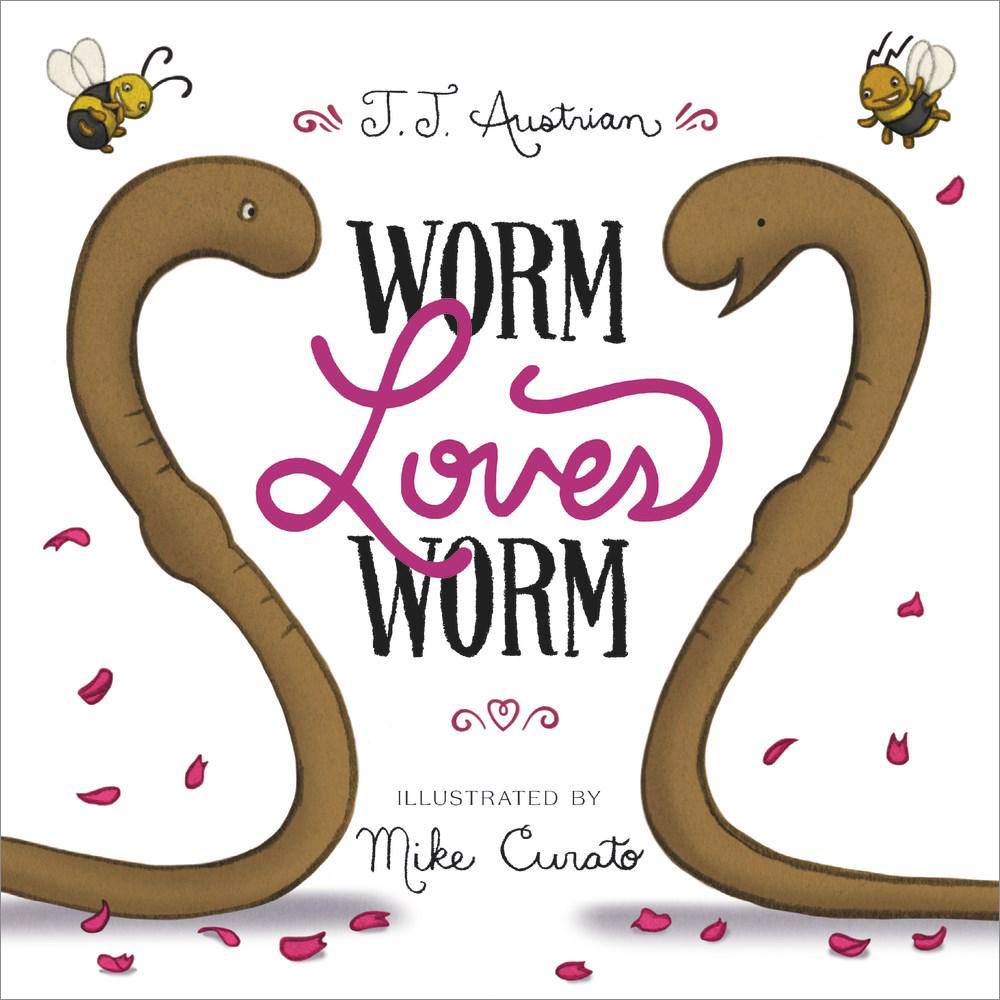 Mike Curato - mikecurato.com
Mike Curato - mikecurato.com
The book, which has many glowing reviews on Amazon and Goodreads, is geared toward children ages four to eight and follows the remarkable love between two worms. Once the worms announce they plan to get married, several bugs weigh in on how they should go about their wedding, with many of them pushing for traditional nuptials such as wearing rings, tuxedos, and white dresses, among others.
The worms quickly realize that these things won't work for them in a conventional sense, as they don't have fingers for rings or immediately know which clothing to wear. This prompts them both to wear bridal attire and wear rings like belts. Though the cricket character says "that isn't how it's always been done" in a patronizing manner, the worms say they will "change how it's done."
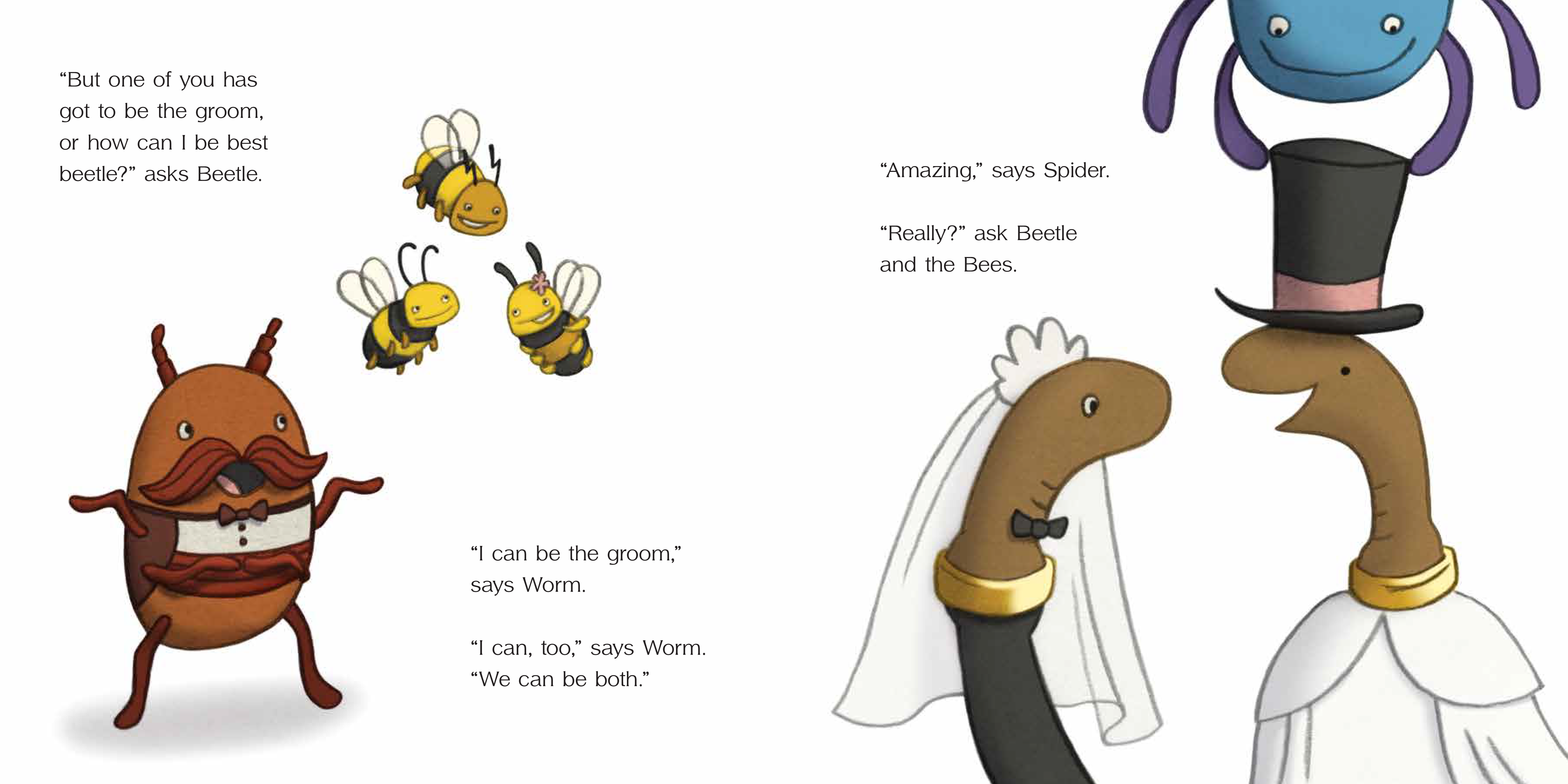 Mike Curato - mikecurato.com
Mike Curato - mikecurato.com
ATTN: had the chance to interview Austrian about his simple but thought-provoking book on love. Here is what he had to say.
Editor's note: This interview was edited and condensed for clarity.
ATTN: In a recent podcast, you mentioned that you've read the book at various schools. How have kids responded to your book?
J.J. A.: It's been a lot of fun. They giggle and they think the other insects are silly. For kids at a really young age, it's about equality but not in the sense of marriage. It's an equality about treating each other kindly and fairly. To them, the worms just want to get married and the other insects are bossing them around and telling them what to do. When you're that little, everyone is telling you what to do, so the kids can identify that the worms think, 'Hey, we want to do what we want to do.'
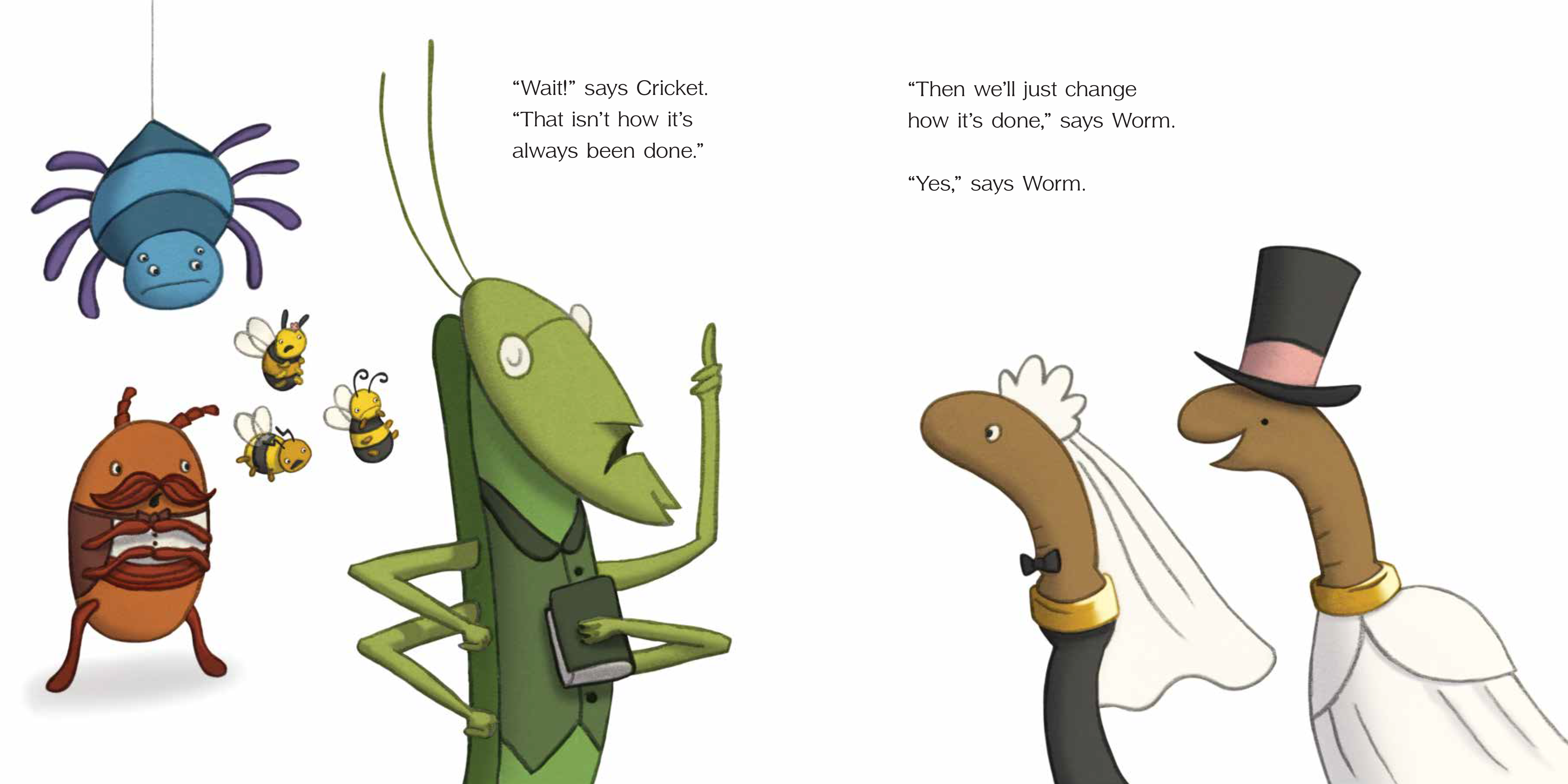 Mike Curato - mikecurato.com
Mike Curato - mikecurato.com
ATTN: How did you get the idea to use worms for your story? Is there a specific reason worms are the heroes?
J.J. Austrian: When my 12-year-old son [Joe was little], we were living in the Hudson Valley and [he mentioned] our two wonderful friends, Pamela and Nora who, at the time, had already been together for more than 20 years. One night, I was tucking Joe in and he said, 'Oh, Pam and Nora are married like you and mommy.' Because they lived together and loved each other, he naturally assumed they were just married. And I had to tell him how sadly, in New York at the time, women couldn't marry women. He actually looked at me and said, 'Why not?'
I didn't want to use the word "right," that's such a loaded word, so I kind of fumbled and said, 'Well, some people don't think it's natural for women to marry women or men to marry men.'
Joe looked at me and said, 'That's dumb. They love each other.'
I thought, 'Well, the 5-year-old gets it. What's wrong with all the adults?' I kind of went back to that argument that says 'it's only natural for men to marry women' and [it made me think of] something I've always thought about: earthworms/hermaphrodites. Nature does not care about gender. That's very obvious, not just with worms, with other species we've seen that before. So that argument to me holds no water. So I thought about that, and after we moved to Minnesota, I found out that Hamline University has a fantastic MFA program in creative writing for children and young adults, and that's something I'd always been interested in. I joined the program focusing on young adult work but luckily one of my advisors, Claire Rudolf Murphy challenged me to write a picture book, and the only idea that came into my brain was about the worms getting married.
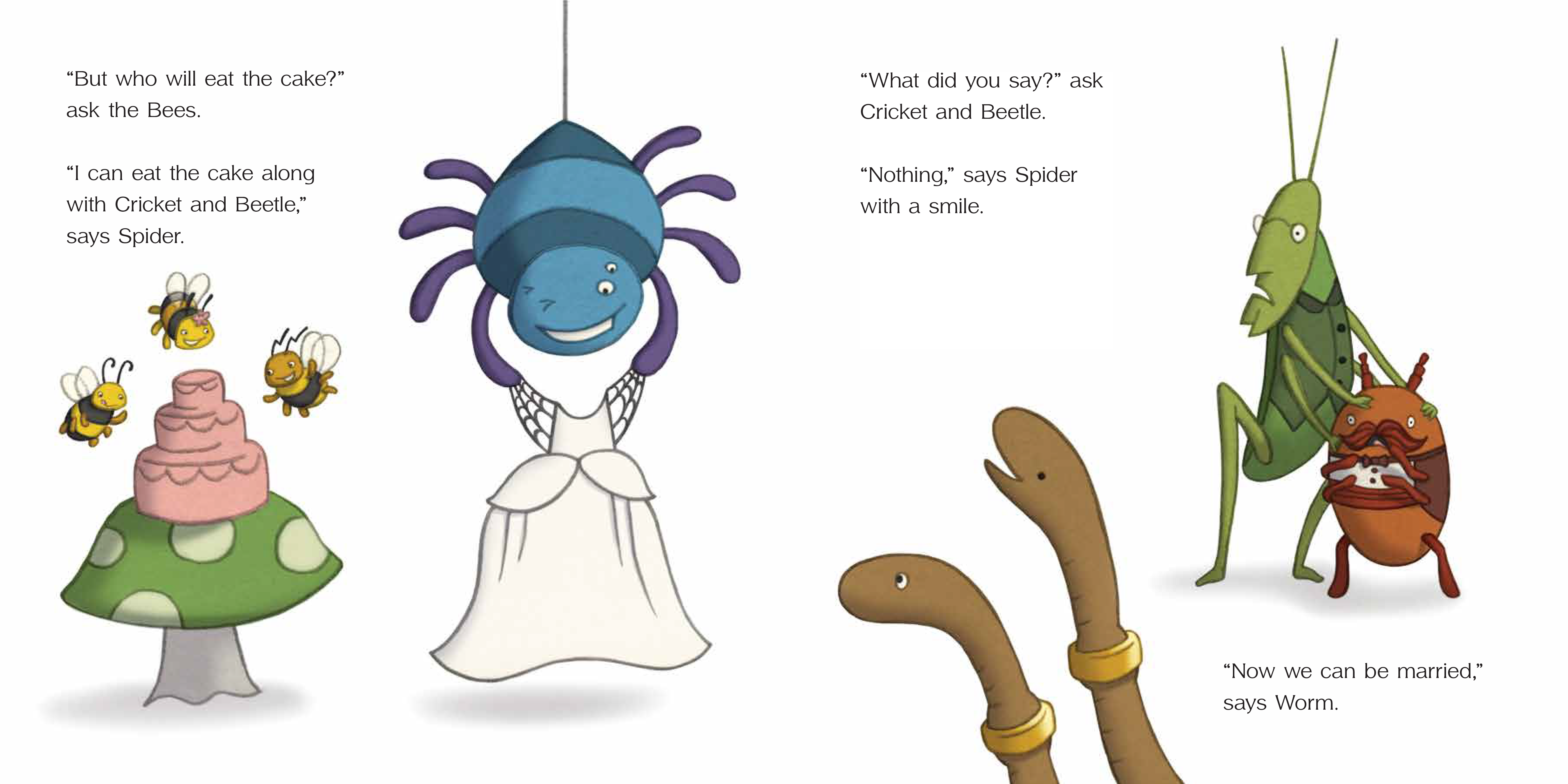 Mike Curato - mikecurato.com
Mike Curato - mikecurato.com
ATTN: One thing about wedding culture today is that nobody asks you about what it's actually like to be engaged. Everyone asks about what you're doing to plan the big celebration, and this theme comes through a lot in your book. Did the wedding industrial complex inform your book at all?
J.J. A.: Without a doubt. Not to get too spiritual or touchy feely, but in some ways I feel like this book just wanted to be written and the universe looked at me and said, 'Well, J.J. has been at this for 30 years, lets throw him a ball.' It's all about timing. My advisor's daughter was getting married as I was working on this book, so she was going through all of this. She was [going through all of the wedding] nonsense and having a great time reading it.
I've been married for over 17 years and I can still remember getting married and hearing people say, 'When are you getting married?' 'What are you wearing?' 'How many bridesmaids are you having?' and 'You have to invite aunt Gladys,' and all of that nonsense, which just gets away from this main thing: You love this person so much you want to spend the rest of your life with them. So yeah, it was definitely making fun of the whole wedding industrial machine.
ATTN: What do you hope kids will get out of this?
J.J. A.: After the fact, I hope they have fun. I hope they laugh, and I hope that they see that they can stand up for themselves and that while change can be scary, a lot of times it's a good thing. I especially hope that kids see that if someone has two moms or two dads, there's nothing wrong with that. Or, to a larger extent, if someone is transgender, there's nothing wrong with that. That's perfectly natural. Sadly, I think the leading cause in transgender death is suicide, and right after that murder. That's awful. I hope and pray that at least one kid will read this book and it will change their mind. I was raised to believe that if you save a life, you save the world. [Editor's note: a 2014 study from the Williams Institute found that nearly half of all transgender people had attempted suicide at some point].
I truly believe that bigotry and homophobia is taught, not learned. I've seen that. The first time I read the book to a class, a little boy pointed to the cover and said, "Which one is the boy and which one is the girl?" After I read it, he was perfectly fine with neither of them being a boy or girl. Most little kids will look at their friends and say, "I'll marry you" whether it's a boy or girl. It has nothing to do with their gender. It has to do with the idea that "you're my friend and I want to spend all my time with you."
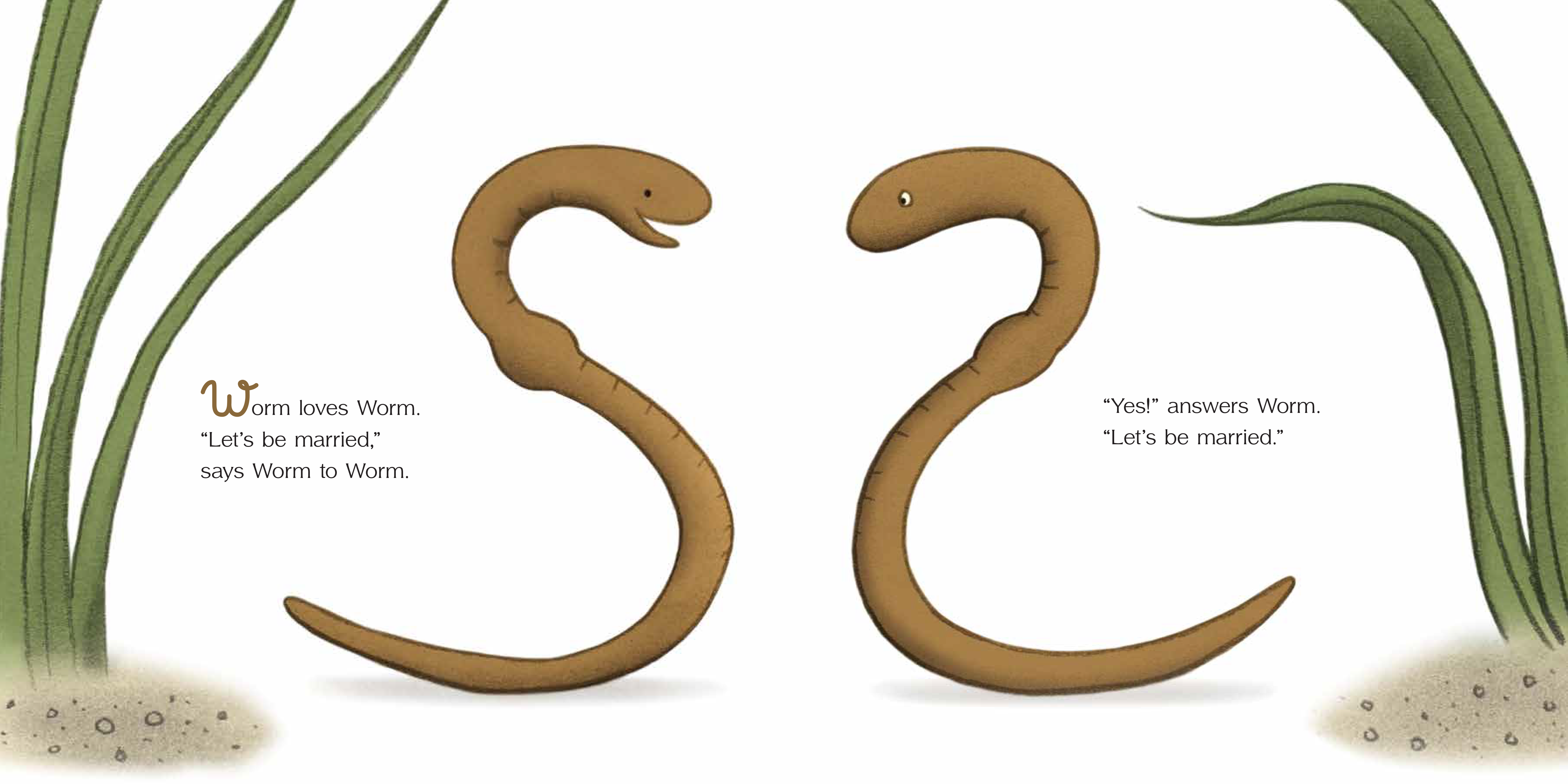 Mike Curato - mikecurato.com
Mike Curato - mikecurato.com
ATTN: What are adults saying about this book?
J.J. A.: It's safe to say that it has been nothing but praise. Everyone loves it. I've signed a bunch of copies for people whose sons and daughters are getting married, same-sex weddings or not. Then of course online you will see the crazy stuff. Yesterday on Amazon, I saw someone gave it a two star review that read, "the book started off funny and then it became a liberal agenda." I loved that it was two stars at least because he found it funny.
The really wonderful thing though is that Balzer + Bray of HarperCollins came right to this and said, 'Yes, this book needs to happen, this has a wonderful message.' As far as I know, no one ever put up a flag and said, 'Well, is this going to be controversial or get us in trouble?' And I just think that was wonderful and shows how times are changing. They're given a ton of support and nothing but cheerleading to the book.
ATTN: Did you draw any inspiration from specific children's books when writing and crafting this story?
J.J. A.: In the back of my mind, I of course knew about "Heather Has Two Mommies," which is an amazing book, especially when it was written. During the process, I was influenced the most by Eric Carle's "The Hungry Caterpillar," which has a certain rhythm and gentleness to it. I have always loved his books. I also used "Goodnight Moon" and "Harold and the Purple Crayon" as starting points to get the feel [for my book]. Then I outlined it and the book just kind of fell into place. Then I had to re-write it. It went through a number of drafts before it became the final product.
When I got to Hamline, I already knew picture books are very hard. Having two young children, I've been reading nothing but picture books for a while and the great ones are so tight. Then I found out that picture books usually have to be 32 pages or maybe 40 because of the way they print it. They're sewn and bound, so if you go over that count, it becomes a special print run, which we don't want to do. That's the other reason picture books have to be under 500 words usually. You only have so many pages, and to me, that's so exacting that I was afraid of it. I have text messages longer than 500 words. I was very, very lucky that Hamline is such a great program that they did push me out of my comfort zone.
I had a great time writing it. That was my main thing, too, in writing it. If a book isn't entertaining, adults or kids won't read it, especially kids. Kids won't give you more than the first sentence, and that's why I love writing for kids. They will let you know immediately if they're bored.
